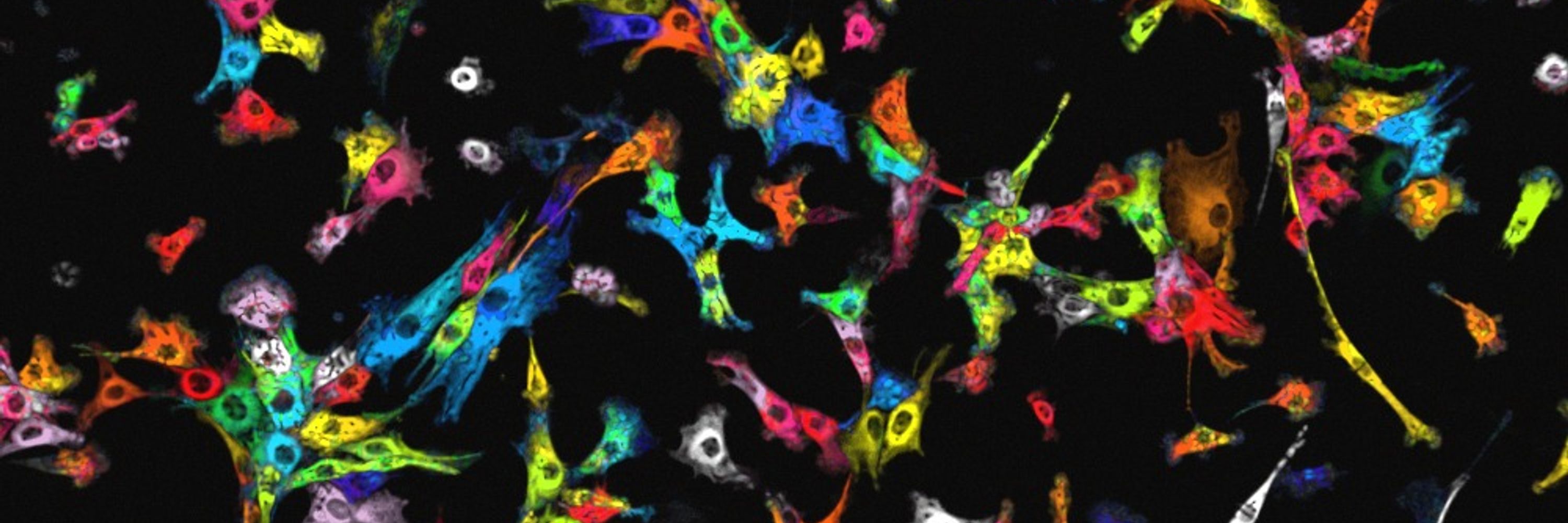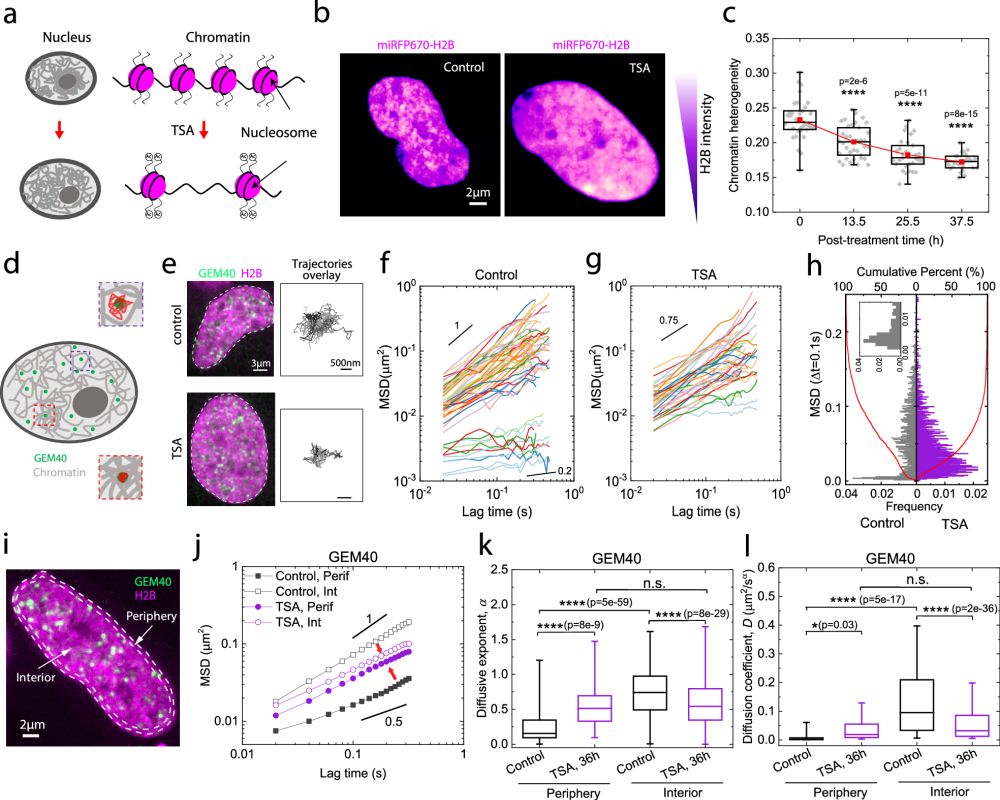Scott Coyle
@cellraiser.bsky.social
1.4K followers
570 following
47 posts
signaling systems and protein circuitry. reimagining what cells can be. fun posts only. Assistant Professor:
@uwbiochem | Postdoc: @stanford @prakashlab | Ph.D.:
@ucsf Wendell Lim @CDI_UCSF
Posts
Media
Videos
Starter Packs
Pinned
Reposted by Scott Coyle
Reposted by Scott Coyle
Reposted by Scott Coyle
Reposted by Scott Coyle
Reposted by Scott Coyle
Reposted by Scott Coyle
Reposted by Scott Coyle
Reposted by Scott Coyle
Reposted by Scott Coyle
Reposted by Scott Coyle
Reposted by Scott Coyle
Reposted by Scott Coyle
Reposted by Scott Coyle
Reposted by Scott Coyle
Reposted by Scott Coyle
Hiten Madhani
@hitenmadhani.bsky.social
· Jul 24
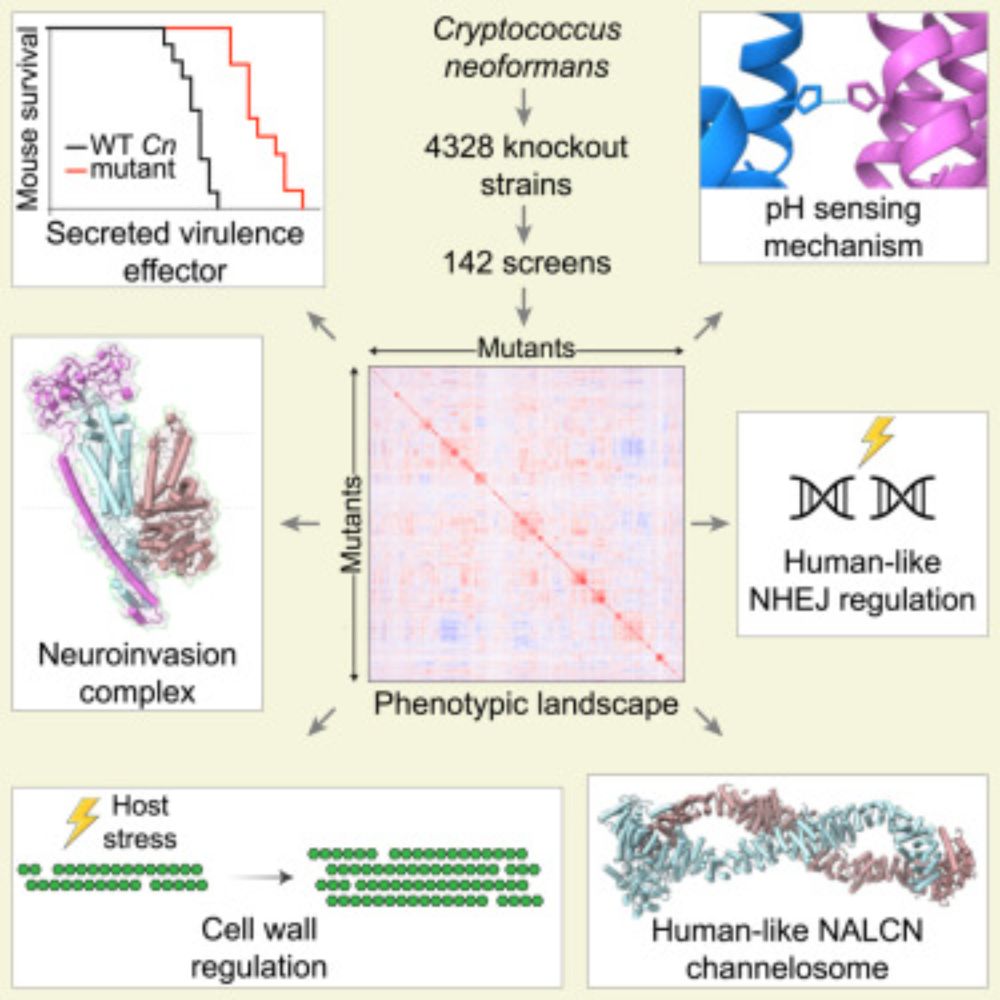
Phenotypic landscape of an invasive fungal pathogen reveals its unique biology
The construction and high-precision fitness profiling of a C. neoformans knockout
library reveals a high-resolution functional map of its genome and allowed for the
identification of fungal analogs of...
www.cell.com
Reposted by Scott Coyle
Amy Weeks
@amyweeks.bsky.social
· Jul 18
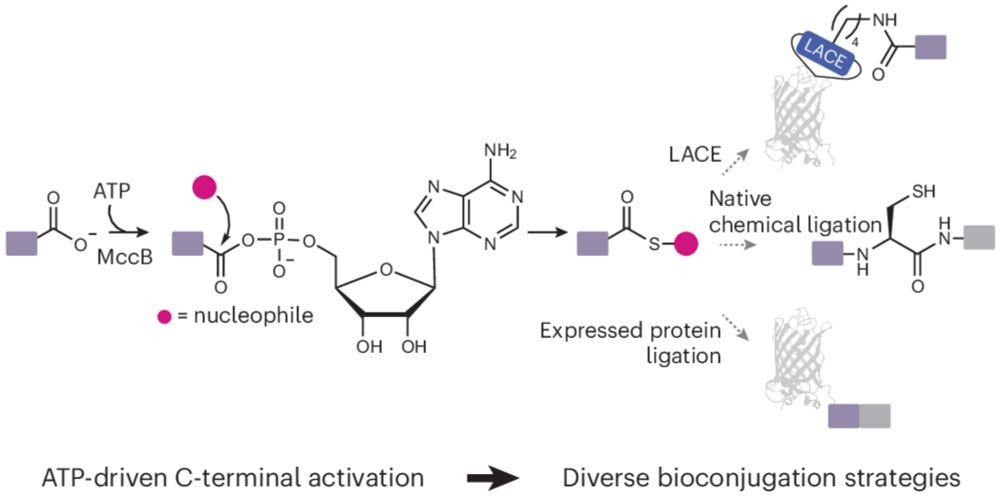
Engineered reactivity of a bacterial E1-like enzyme enables ATP-driven modification of protein and peptide C termini
Nature Chemistry - In living systems, ATP provides an energetic driving force for protein synthesis and modification. Now, an engineered enzymatic tool has been developed for high-yield, ATP-driven...
rdcu.be
Reposted by Scott Coyle
Kirsty Wan
@micromotility.bsky.social
· Jul 14
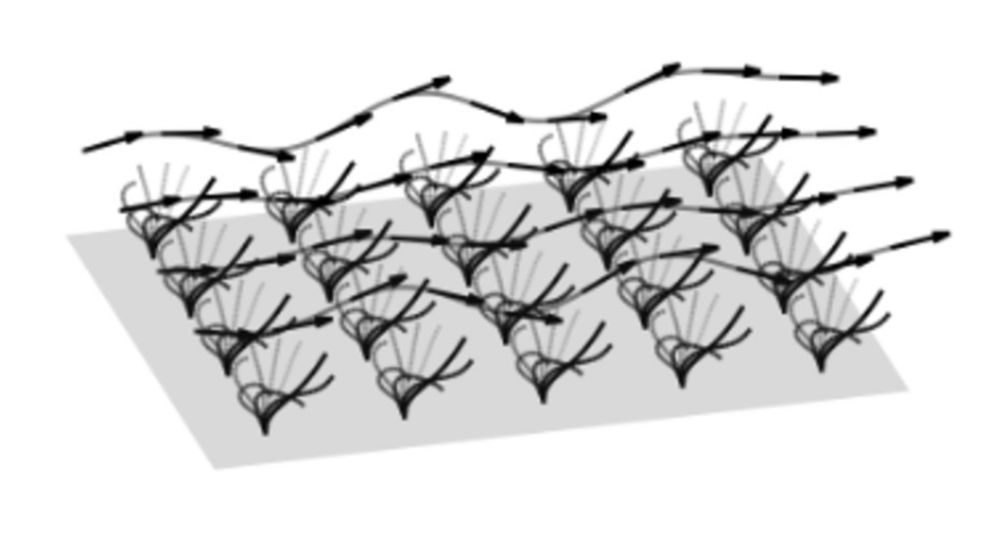
Multi-million project to ‘crack the code’ of cilia – tiny structures with big impact on human health
An international team of researchers, led by the University of Exeter, have been awarded a Wellcome Discovery Award grant of almost £5 million to investigate one of the body’s most fascinating microsc...
news.exeter.ac.uk
Reposted by Scott Coyle
Aaron Whiteley
@aaronwhiteley.bsky.social
· Jul 12
